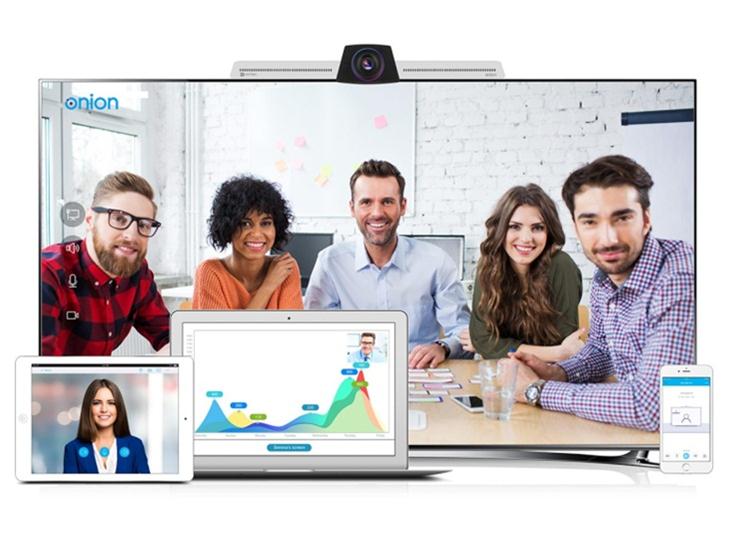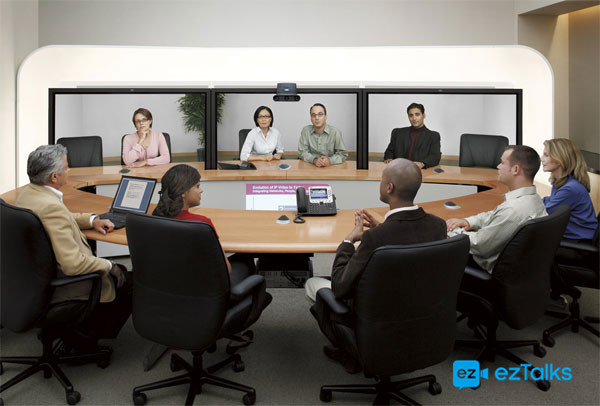What is Debate?
A debate is a kind of contest or competition where 2 or more participants present their views. It is being conducted within an education, social, political or religious environment. The topic around which the debate is being conducted, it will essentially have 2 aspects positive and negative – Affirmative or in rejection of the matter. Some people will speak in favor of the topic, some may speak against it. It will have a proper conclusion from both the parties.
What is Group Discussion?
Group discussion happens within a group of people. The Number may vary from 6 to 8 people. It is a conversation where more than one person puts their views and thoughts on a particular topic or subject. It is a verbal presentation of a certain topic by the participants.
Group discussion can also be termed as a method to test your communication and convincing skills. Your views required to be heard by the other members of that group.
A Group discussion may or may not have a conclusion point but you need to ensure that your ideas, thoughts, and viewpoints are at least acknowledged by the other participants.
How is Group Discussion Different from a Debate?
In a group discussion, there are many people collectively put in their thoughts, people can interrupt in between to put forward their views, whereas in a debate a set amount of time is given to the candidate to express his/her views. In both the ways, there is an inherent need to prove the other person wrong and themselves right. Group Discussion is an argument wherein you have to prove your point right and add weightage through data, facts, and statistics.
A very critical difference between a group discussion and debate is that in debate there is a set topic around which your statements should revolve, whereas, in a group discussion, the arguments may take different flow and can lead to another view or thoughts in between. There is a chance of refining your own views in due course.
How group discussions assess you? (for those answering entrance exams and job interviews)
Written tests are meant to review your analytical skill, your mental aptitude, your memorizing power whereas Group discussion evaluates your body language, verbal communications skills, your confidence, your knowledge of the given topic, listening ability, your logical behavior, etc. Hence, it becomes extremely important to prepare for the same before you appear for the actual group discussion. Since GD has its own time limitations, you also have to take care of the time within which you need to express your opinions. Time Management plays an important role here which is also being assessed through a group discussion.
What to keep in mind during a Group Discussion
In a Group discussion, it is important to take charge of the argument right at the opening itself. This demonstrates your leadership quality and ability to lead from the front. Throughout the discussion, you also need to listen attentively to the other participants. It will help you to move the flow of the topic to your direction. During the arguments, give valid and logical points in support of your views, so that others are forced to believe in what you are saying.
You also need to intervene when other participants are eating too much of time and dragging over a topic for too long as there will always be a time limitation within which you need to shine out. Soft skills like alertness and presence of mind play a very vital role here. While preparing for a group discussion, you have to work more on your soft skills, such as your communication, listening skills, and overall body language. Sometimes when the matter heats up, people tend to become aggressive, this is the time when you need to keep calm and transfer the flow of topic to your advantage. But this needs to be practiced well.
Other than this you also should learn how to articulate your communication in short, simple and precise manner. Good verbal communication skills would certainly make sure that your point is put forward, but if you take much time to keep your point, the chance and time might get snatched by other candidates, who are just finding a chance to grab this opportunity. So, you need to learn to speak many views using minimum possible words. Learn and pick up good phrases, idioms, and examples which will make the other person visualize things.
Remain Polite: Sometimes, people tend to lose temper during a discussion particularly when they are losing the argument. They tend to become aggressive in their tone and action, which should completely be avoided during a Group Discussion. You need to ensure that you are polite and courteous to other throughout the discussion. It is quite natural that you may differ to some point of others, to which you can politely disagree on the points put forward. There is no need to be hostile or violent in between. It may go against your candidature.
Remain On Track: During a Group discussion, sometimes, people deviate from the topic and go to a direction which is far away from the main topic. This is the time when you can take the lead and make the other people in the group remind that you need to collectively come to a concluding point in spite of distracting the topic.
Positive Approach: Remember that the participants in this group are not your personal enemy. Of course, they are your competitor, and you might call them opponent, but it is essential that you maintain a positive frame of work during the discussion. Else you might diverge from the topic and lose your focus.
Innovative Thinking: Last but not the least; you should have some out of the box thinking while appearing for a group discussion. People along with the panel might get impressed with some fresh, innovative thoughts on a particular topic. Creative thinking mirrors your different perspective of looking at things. This gives a new outlook to a certain subject and this way you might be able to find a better solution to some practical issues as well.







